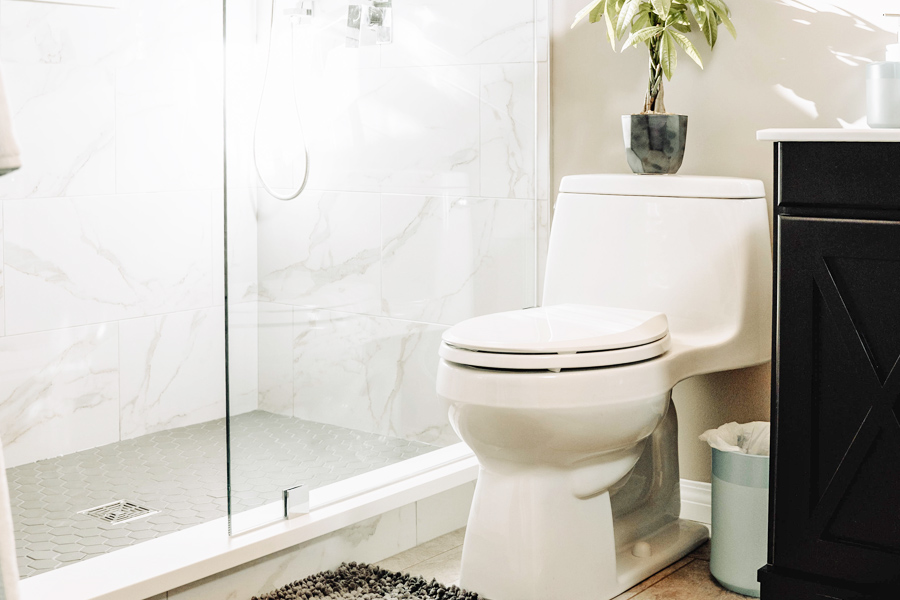In today's world, more individuals are becoming conscious of their carbon footprint and the impact their lifestyle has on the environment. If you're part of the Industry QA community, you're likely aware of the importance of integrating sustainability into everyday practices. One effective way to live more sustainably is by making eco-friendly home upgrades on a budget. Not only do these upgrades benefit the planet, but they also often result in long-term savings on utility bills.
But how do you make these upgrades without breaking the bank? The good news is that there are several cost-effective ways to enhance your home sustainably. In this article, we will explore various strategies and tips that you can employ to make your home greener without a hefty price tag.

Why Consider Eco-friendly Home Upgrades?
Before diving into the specific upgrades, it's essential to understand why they matter. Eco-friendly home upgrades provide numerous benefits, including:
- Reducing energy consumption and lowering utility bills
- Decreasing your carbon footprint
- Improving indoor air quality
- Enhancing the overall comfort of your home
Moreover, implementing sustainable practices can significantly impact your property's value, making it more attractive to potential buyers in the future.
Cost-effective Strategies for Eco-friendly Home Upgrades
1. Improve Insulation
One of the most effective ways to reduce energy consumption in your home is by improving insulation. This upgrade minimizes heat loss during the winter and keeps your home cool in the summer. Start by checking your attic, walls, and floors for proper insulation. If you find any gaps or insufficient insulation, consider adding materials such as fiberglass or cellulose, which are affordable and eco-friendly options.
2. Install Low-flow Fixtures
Water conservation is a crucial aspect of sustainable living. By installing low-flow fixtures, such as low-flow toilets and showerheads, you can significantly reduce water usage. These fixtures are designed to maintain performance while using less water, which translates to lower water bills.
3. Switch to Energy-efficient Lighting
Replace traditional incandescent bulbs with energy-efficient alternatives like LEDs or CFLs. These bulbs consume less electricity and have a longer lifespan, making them a cost-effective option for illuminating your home. With energy-efficient lighting, you can save up to 80% on electricity bills compared to traditional bulbs.
4. Harness Solar Power
While investing in a full solar panel system may seem costly, there are affordable ways to harness solar power. Consider installing solar-powered outdoor lights or small solar panels for specific appliances. These options are budget-friendly and can reduce your reliance on the grid.
Incorporating Green Practices
1. Use Recycled Materials
When renovating or upgrading your home, opt for recycled materials. Reclaimed wood, recycled glass, and salvaged metal are excellent choices for sustainable construction and decoration. Not only do these materials reduce waste, but they also add unique character to your living space.
2. Embrace Smart Home Technology
Smart home technology can help you monitor and manage your energy usage efficiently. Smart thermostats, for instance, allow you to control your home's temperature remotely, optimizing energy consumption based on your schedule. Additionally, smart plugs and power strips can help eliminate phantom energy usage from appliances on standby mode.
3. Grow Your Own Food
Starting a small garden in your backyard can contribute to a sustainable lifestyle. Growing your own fruits, vegetables, and herbs not only reduces your carbon footprint but also provides fresh and organic produce. Consider using compost from kitchen scraps to enrich your garden's soil.
Bonus Tips for a Greener Home
Beyond making structural upgrades, adopting simple habits can further enhance your home's sustainability. Here are a few tips:
- Turn off lights and unplug appliances when not in use.
- Wash clothes in cold water and air-dry them to save energy.
- Opt for eco-friendly cleaning products to reduce chemical exposure.
- Purchase energy-efficient appliances with the ENERGY STAR label.
Conclusion
Transitioning to a more sustainable lifestyle doesn't have to be an expensive endeavor. By implementing these eco-friendly home upgrades on a budget, you can contribute to environmental conservation while enjoying the financial benefits of reduced utility bills. Remember, every small change counts, and collectively, they can make a significant impact.
For further insights on water conservation and energy-efficient solutions, you can explore additional resources such as the benefits of water-efficient toilets and fact vs. fiction about water usage.

Frequently Asked Questions
1. What are the most impactful eco-friendly home upgrades?
Improving insulation, installing low-flow fixtures, and switching to energy-efficient lighting are among the most impactful upgrades. These changes significantly reduce energy and water consumption, leading to both environmental and financial benefits.
2. How can I make my home more sustainable without spending much?
Start by adopting simple habits, such as turning off lights when not in use and using eco-friendly cleaning products. Additionally, invest in budget-friendly upgrades like low-flow fixtures and recycled materials for renovations.
3. Are solar panels a viable option for budget-friendly upgrades?
While a full solar panel system can be costly, there are affordable alternatives like solar-powered outdoor lights and small solar panels for specific appliances. These options provide the benefits of solar energy without a significant upfront investment.






